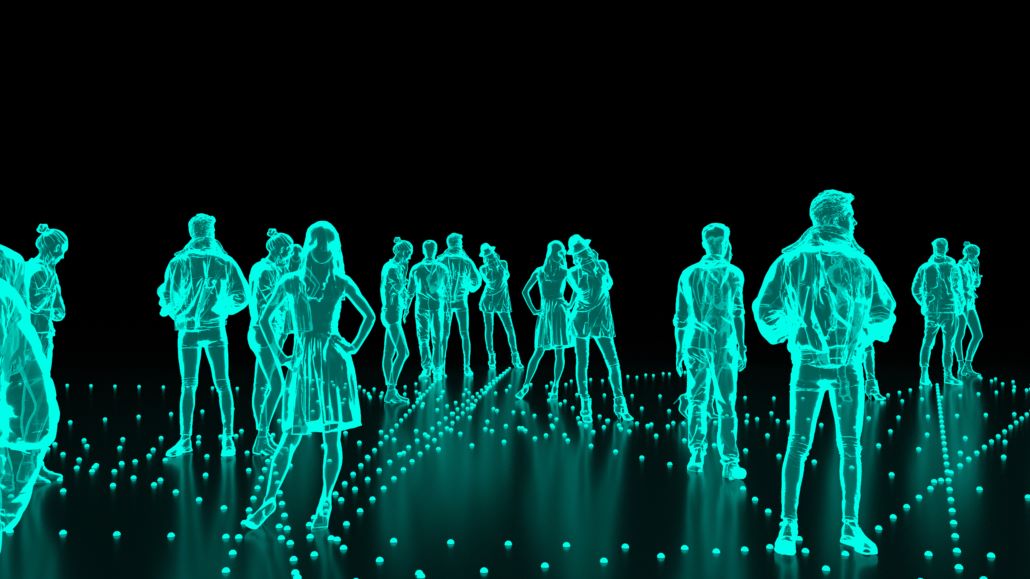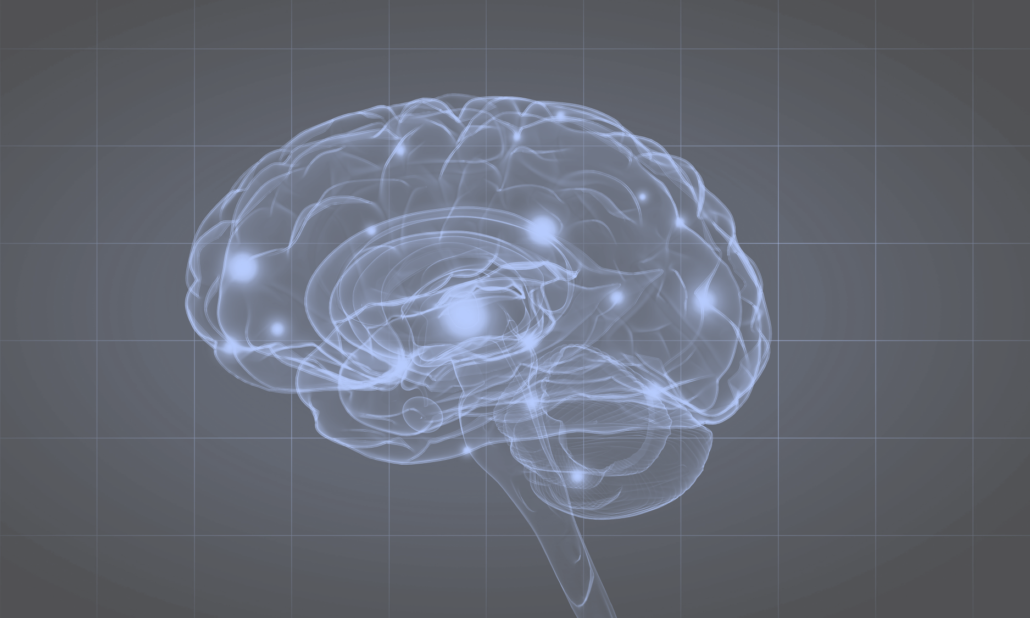What is eXtended Reality (XR)?
XR, means “Extended reality”, is a term referring to all the technologies combining real and virtual environments and human-machine interactions generated by computer technology. XR includes the entire spectrum from “full real” to “full virtual” in the concept of the reality-virtuality continuum. XR enables user experiences that combine virtual content and the reality of users.
XR Extended Reality (XR) is an all-encompassing term that includes Augmented Reality (AR), Mixed Reality (MR), and Virtual Reality (VR). At ASIL, we structure these into two main pillars of technologies, namely ‘display technologies’ and ‘interfaces for embodied interaction’.







